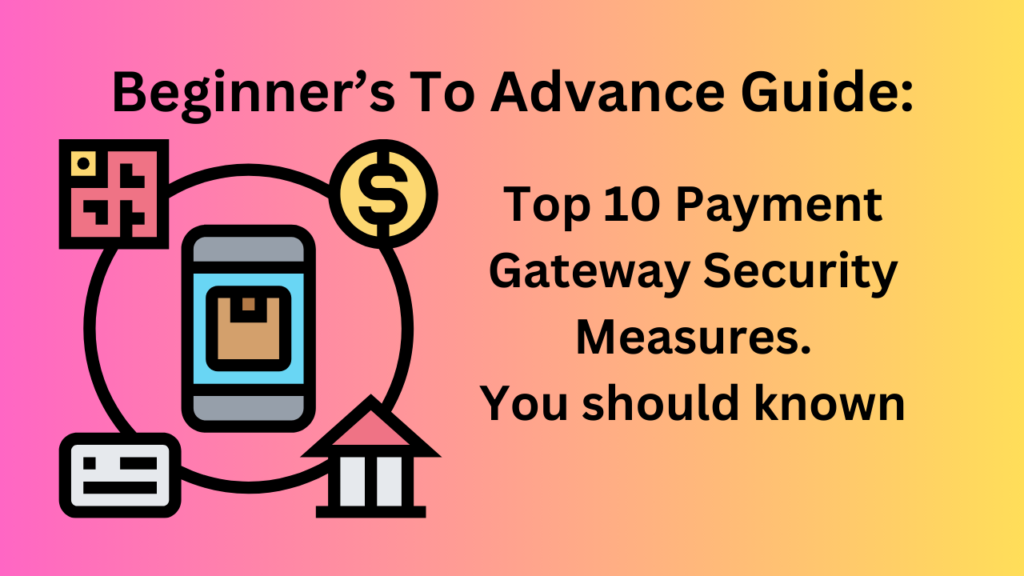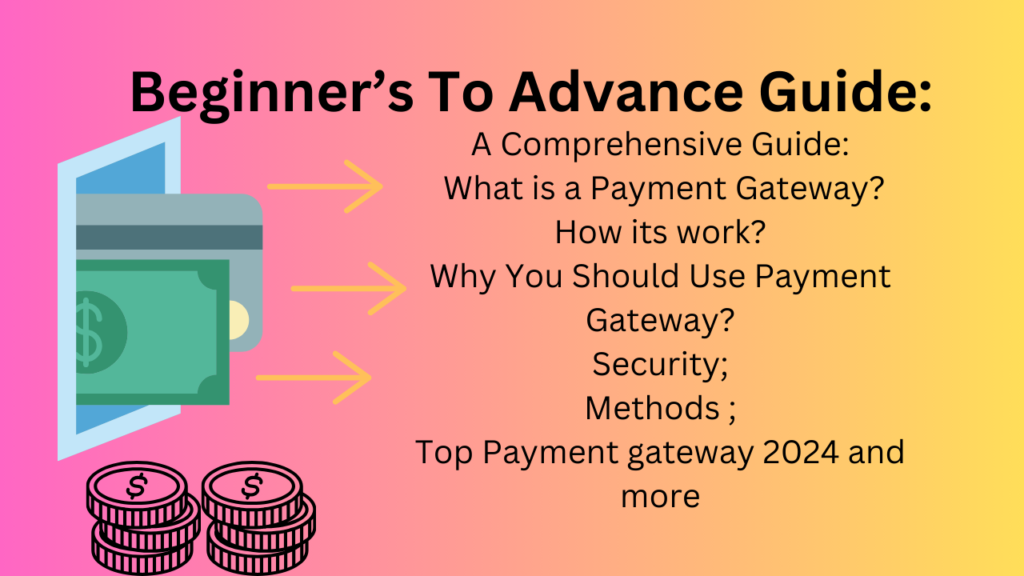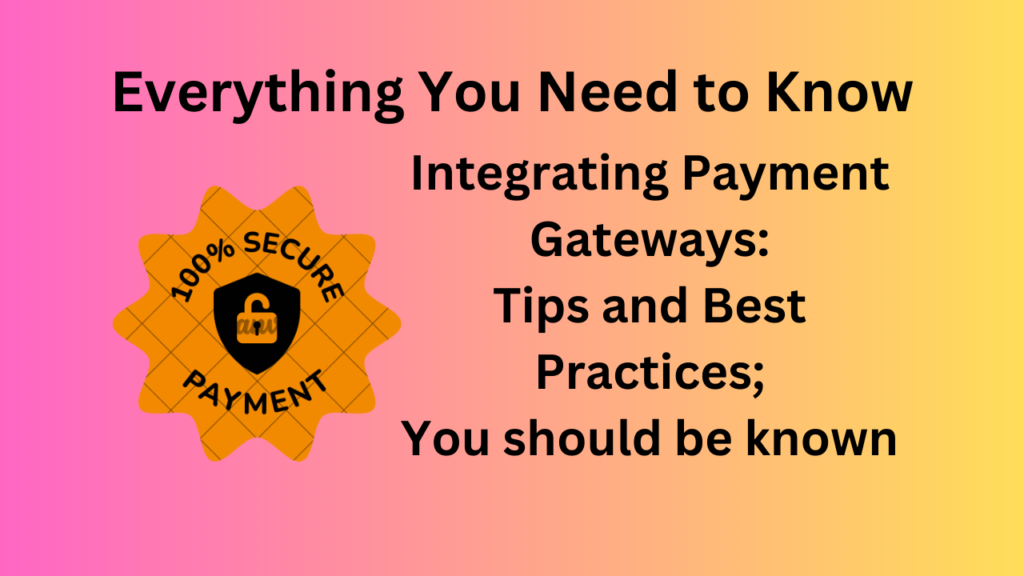Payment gateway security is critical because it protects sensitive financial information used in online transactions. Without strong security measures like encryption and authentication processes, there is a danger of data breaches, fraud, and identity theft. Protecting payment gateways makes sure transaction integrity, builds consumer confidence, and protects organizations’ reputations.
Securing a payment gateway becomes essential for protecting sensitive financial data and avoiding unwanted access. Here are some basic procedures for securing a payment gateway:
1. Encryption Protocols
Encryption is the technique of encoding information so that it is unreadable to unauthorized parties. In the context of payment gateways, encryption techniques guarantee that sensitive data such as credit card numbers, personal information, and transaction details are safely delivered and saved.
SSL/TLS Encryption:
SSL (Secure Sockets Layer) and its successor, TLS (Transport Layer Security), are cryptographic protocols that provide a secure connection between a web server and a browser. This connection encrypts data in transit to prevent attackers from intercepting or interfering with it.
To use SSL/TLS encryption, get an SSL certificate and configure the server to utilize HTTPS (HTTP Secure) rather than HTTP. This guarantees that all data sent between the customer’s browser and the payment gateway server is encrypted and secure against eavesdropping.
Encryption Algorithms:
Encryption algorithms are mathematical methods that jumble data into ciphertext, which can only be decoded with the appropriate decryption key. Strong encryption techniques guarantee that even if intercepted, the encrypted data is unintelligible by unauthorized parties.
AES (Advanced Encryption Standard) is a popular encryption algorithm known for its strong cryptographic features and scalability. AES provides key lengths of 128, 192, or 256 bits, with greater key lengths enabling more secure encryption.
2. Compliance with Security Standards
Compliance with industry-standard security standards is critical to the integrity and credibility of payment gateways. Regulatory frameworks such as PCI DSS and GDPR provide precise standards and best practices for dealing with sensitive consumer data.
PCI DSS Compliance:
The Payment Card Industry Data Security Standard (PCI DSS) is a collection of security guidelines intended to safeguard cardholder information and prevent credit card fraud. Compliance with PCI DSS requires adopting a variety of security measures, including:
- Protect cardholder data with secure network setups and firewalls.
- Encrypting cardholder data for transmission and storage.
- Conduct regular security assessments and vulnerability checks.
- Implemented access control mechanisms to limit access to sensitive data.Monitoring and tracking access to cardholder data and network resources.
GDPR Compliance:
The General Data Protection legislation (GDPR) is a European Union legislation governing the protection of personal data and people’ privacy rights. GDPR compliance is critical for payment gateways that execute transactions involving EU citizens, and it includes:
- Obtaining express permission before processing personal data.
- Enforcing strong data protection procedures to secure consumer information.
- Ensuring openness in data processing processes and objectives.
- Reporting data breaches to authorities and impacted persons within specified deadlines.
- Appoint a Data Protection Officer (DPO) to ensure GDPR compliance.
3. Multi-Factor Authentication (MFA)
Multi-factor authentication (MFA) increases security by forcing users to give various forms of identity before accessing the payment gateway.
Two-Factor Authentication (2FA):
Two-factor authentication (2FA) requires users to supply two authentication factors, usually something they know (e.g., a password) and something they have (e.g., a one-time code received to their mobile device). This considerably minimizes the danger of unauthorized access, since even if one element is compromised, the attacker will still need the second factor to get access.
Biometric Authentication:
Fingerprint or face recognition are examples of biometric authentication technologies that employ a user’s unique biological attributes to validate their identification. Biometric authentication improves security by guaranteeing that only authorized users may access the payment gateway, since biometric data is difficult to copy or falsify.
4. Tokenization
Tokenization substitutes sensitive data with unique tokens with no exploitable value, lowering the likelihood of data theft in the case of a security compromise.
Tokenization Process:
Tokenization replaces sensitive data, such as credit card information, with randomly generated tokens. These tokens are useless to anybody who intercepts them since they cannot be reverse engineered to expose the original data.
Token Vault Security:
Token vaults securely hold the mapping between tokens and their associated sensitive data. To prevent unwanted access to the token vault, strong security mechanisms such as encryption, access limits, and monitoring for suspicious activities must be implemented.
5. Fraud Detection and Prevention
Fraud detection and prevention techniques aid in the real-time identification and mitigation of fraudulent activity, therefore safeguarding both consumers and enterprises from financial loss.
Machine Learning Algorithms:
Machine learning algorithms examine transaction patterns and historical data to detect abnormalities indicating fraudulent activities. Machine learning algorithms can adapt to changing fraud methods and uncover previously unknown trends by learning from fresh data on a continual basis.
Real-Time Monitoring:
Real-time monitoring systems examine transaction data in real time and indicate suspicious activity, such as big transactions, strange spending patterns, or transactions from high-risk regions. Automated warnings and triggers may provide rapid action to prevent fraudulent transactions from being executed.
6. Regular Security Audits and Updates
Regular security audits and upgrades are critical for detecting vulnerabilities and mitigating possible security risks before they are exploited by attackers.
Vulnerability Assessments:
Vulnerability evaluations entail methodically detecting weaknesses in the payment gateway infrastructure, such as software flaws, misconfigurations, and access control concerns. Penetration testing, often known as ethical hacking, mimics real-world assaults in order to identify security flaws.
Patch Management:
Patch management is the process of deploying security patches and updates to all components of the payment gateway system, such as operating systems, software applications, and third-party libraries. Patching in a timely manner is critical for fixing known security vulnerabilities and reducing the risk of cybercriminal exploitation.
7. Tracking and Alerting
Set up continuous surveillance and warning systems to discover and react to suspicious activities or possible security breaches quickly. This may involve looking for odd login attempts, significant transactions, or other signs of unwanted access.
8. Firewalls
- Firewalls analyze incoming and outgoing traffic.
- Proper firewall setup allows for specific connections and protocols.
- Regular updates and audits are crucial for defending against emerging threats.
- Managed firewall setups minimize potential vulnerabilities.
- Regular upgrades and settings protect sensitive payment data.
- Adherence to strong firewall procedures ensures regulatory compliance and consumer confidence.
9. Secure Development Practices
- Use of secure programming methods like input validation and output encoding.
- Combats common security vulnerabilities like SQL injection and cross-site scripting (XSS).
- Input validation ensures data meets certain requirements, preventing fraudulent inputs.
- Output encoding reduces XSS attacks by encoding data before web page display.
- Regular code reviews and security audits are crucial for finding and addressing vulnerabilities.
10. Employee Training
- Importance of a culture of security awareness for payment gateway integrity.
- Regular training sessions on detecting and responding to phishing attacks and social engineering threats.
- Training on identifying questionable emails, links, or messages.
- Importance of validating the legality of requests for sensitive information.
- Proactive approach to security to motivate staff to discover and counter threats.
- Provision of tools and information to spot and react to security concerns.
- Regular refresher training and upgrades to ensure security policies remain relevant.
Payment gateways may efficiently secure sensitive financial information, prevent illegal access, and retain customer and stakeholder trust by adopting these comprehensive security measures and constantly monitoring and upgrading security standards.
Also read: Payment Gateway – What is it, How does it work, Why You Should Use and Examples




